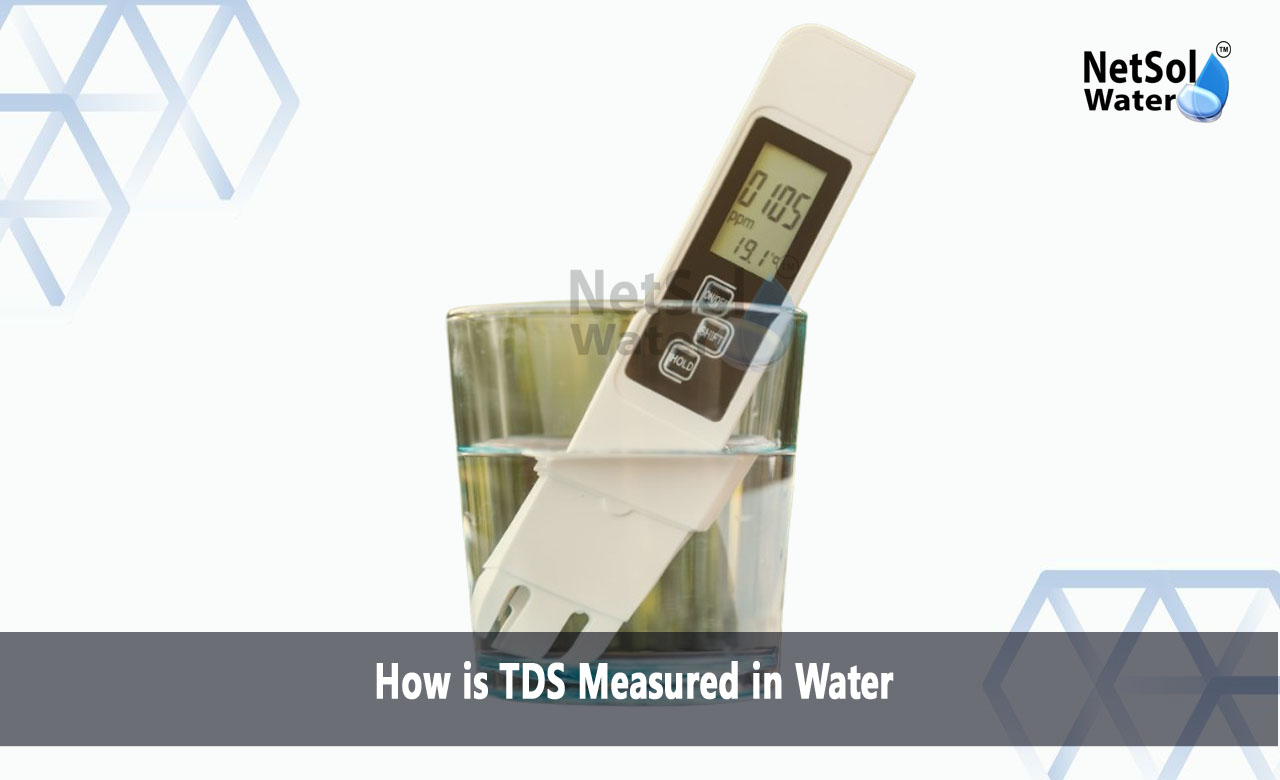How is TDS Measured in Water?
You may wonder How is TDS measured in water and why knowing that matters for health and peace of mind. TDS stands for Total Dissolved Solids and it gives a quick snapshot of all dissolved substances such as calcium, magnesium and sodium in your water. Many people use it to monitor filter performance or to check the overall purity of tap or well water. When you test TDS you learn whether your water holds too many dissolved ions that may cause taste or plumbing issues. You may follow guidelines such as less than 500?mg/L of TDS for acceptable clarity. Knowing how TDS is measured in water helps you choose a test method that suits your need be it a field check or a detailed lab process.
Understanding TDS and Units
Water experts define total dissolved solids as all inorganic salts and a little organic matter small enough to pass a 2?micron filter. The mass of dissolved salts in one litre of water appears in mg/L which equals ppm since one part per million equals one mg per litre. That aligns with EPA guidelines and familiar water quality labels.
Typical Ranges and Meaning
Most drinking water shows TDS in a few hundred ppm. Levels below 50?ppm may correlate to defective pipes or overly soft water. Water over 500?ppm may taste salty or cause scale. Values above 1000?ppm may signal a need for filtration or concern. This unit clarity gives reliable context when you compare results.
Gravimetric Measurement Method
Understanding how to measure TDS in a lab unveils the gold standard. Let us have a look on some key steps used in gravimetric analysis.
Sample Filtration
A measured volume of water has particles removed by a 2?micron or smaller filter. This ensures that only dissolved solids remain. Only clear water moves on to the next phase.
Evaporation and Drying
The filtered water is placed in a pre?weighed dish and heated at around 103?°C to boil off water. It then dries further at 180?°C to eliminate any trapped moisture. That drying occurs until two weights differ by less than 0.5 mg or under 4?percent. This ensures reliability.
Calculation of TDS
The final dish weight minus the empty dish weight gives the mass of dissolved solids. Dividing by the sample volume and multiplying by 1000 gives mg/L or ppm TDS. This method captures all solids and sets the benchmark for comparisons.
Conductivity?Based Field Method
Field testing relies on fast simple meters. Let us have a look on some key features of conductivity based TDS measurement.
Meter Principle
A TDS meter actually measures electrical conductivity. Dissolved ions in water conduct electricity. The device applies a voltage through two probes measuring current. It converts the reading through a fixed conversion factor to produce TDS in ppm. This conversion works when salts are mainly sodium chloride or potassium chloride.
Conversion Factor
Most meters apply a factor between 0.5 and 0.8. Many assume 0.67 for average water. The choice changes TDS reading by ±20?percent. Home users accept this approximate value for quick checks.
Portable TDS Pens
Small digital pens offer instant TDS readings in the field. You dip the probes into a water sample then wait for stable display. These devices suit well water checks, reverse osmosis filter testing or aquarium monitoring. They give fast results but can only approximate compared to gravimetric data.
Sampling and Calibration
Good results depend on clean samples and calibrated gear. Let us have a look on some practices to improve accuracy.
Calibrating with Standard Solutions
Calibration begins with a known TDS solution, often labelled 342?ppm NaCl or similar. You immerse the meter in that standard solution. If the reading is off by more than 2?percent you adjust a tiny calibration screw or use the calibration button. This aligns your meter output with known values.
Temperature Compensation
Water temperature affects conductivity. Most meters correct for room temperature automatically. When measuring hot or cold water you wait longer—up to 30 seconds—to let the device adjust. Some models require manual temperature entry. Good brands guide this step clearly.
Proper Sample Technique
You fill the water vessel cleanly to avoid splashes on the probe or meter casing. You tap or swirl gently to remove air bubbles that interfere with electrodes. After reading you rinse in distilled water and dry the probe area before storing. These steps extend device life and keep readings accurate.
Conclusion
Knowing how TDS is measured in water gives you a clear path to monitor water quality at home or in lab environments. Field meters offer fast approximate results while the gravimetric approach gives the precise reference value you can trust. Each method connects through careful sampling, temperature control and regular calibration. When you understand these links you make smart water quality decisions with confidence.
If you need help interpreting your TDS level or want to request a detailed consultation or water testing plan feel free to get in touch. We can guide you through reporting results and making smart choices for filter upgrades or further analysis.
Contact Netsol Water at:
Phone: +91-9650608473, Email: enquiry@netsolwater.com



